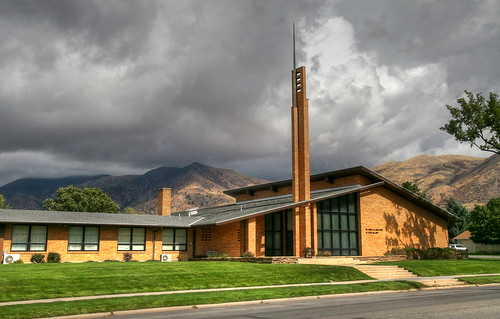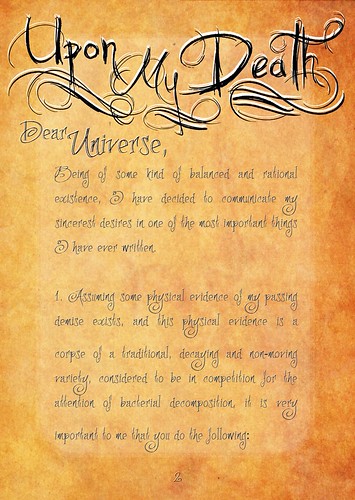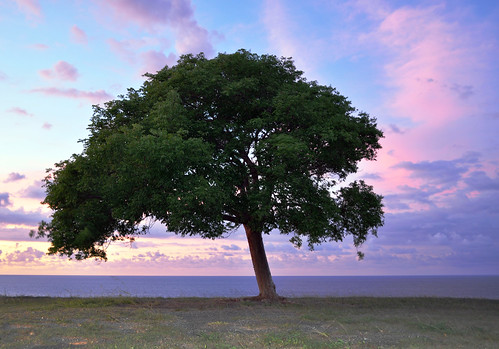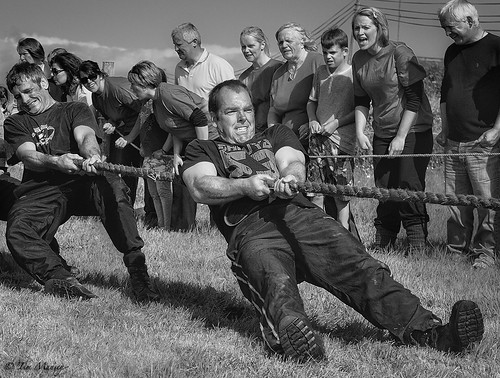Elisha is believed to have been born at either Russell County, VA or Sullivan County, TN on February 22, 1786, the second child of Patrick and Rose Alley Cragun. While Elisha's birthplace may have been in doubt, his Virginia connection was certain through his wife.
In 1811 he married Mary (Polly)
Osborn, daughter of James and Mary (Whitaker) Osborn of Castle's Wood, then in Washington County, Virginia (now Castlewood in Russell County, Virginia). The Osborn's are recorded as being wealthy slave and land owners of the area.
Polly's father,
James Osborn(e), was a member of the second group of settlers to reach the Castlewood area of Russell County Virginia shortly after 1769. It was a part of the Clinch River settlements in extreme southwest Virginia. His father, Caleb, was owner of a plantation of over 579 acres in the area of Cedar and Dutchman's Creek at the Forks of the Yadkin, Rowan County, North Carolina. James' wife, Mary
Whittaker, was (probably) the daughter of one of the Whittakers whose land adjoined that of the Osborn's.
James Osborn was listed as a soldier at
Moore's Fort in 1777. It was located at Cassell's Woods and until 1775 had been under the command of
Daniel Boone who at that time departed the area to make his second entry into Kentucky. The story of Moore's Fort and the names of its' soldiers on June 30, 1777 can be found in the Historical Sketches of Southwest Virginia, Pub#4, 1986, of the Historical Society of Southwest Virginia. James died on Dec 14, 1821 leaving to his widow the dwelling house, 1/3 of that tract of land and two Negroes. The remainder of his farm and eight Negroes were left to his son, Solomon. His other children, including Polly Cragun, Elisha's wife, were each bequeathed a certain undisclosed sum of money.
Polly was born in 1790, the youngest of nine children. Married at age 21, when Elisha was 25, they moved the fifty miles or so to join Patrick and the family in Sullivan County, Tennessee, where Rebecca was born to Mary in 1812 after Elisha had departed for army service.
Polly's older brother, Jonathan, migrated along with members of the Alley family to the area that became Franklin County, IN in 1811, the same year that the land was opened for settlement having been obtained from the Indians in 1809 by the Twelve Mile Purchase treaty. In 1813 he was among the first to draw land. The next year, in 1814, Elisha and Polly left Sullivan County, TN with their daughter, Rebecca, and on September 16th. entered four surveys of land near Jonathan's property and adjoining property of Peter Alley along Pipe Creek, at the junction of Metamora and Butler Townships in Franklin County, IN. Apparently, Elisha's entry into Indiana was delayed by service in the war of 1812 in which his brothers Isaac and John also served. Both John and Elisha are said to have served with the troops of General Andrew Jackson; however, Elisha's service can not be verified through records at the National Archives.
Later, on March 2, 1819, Elisha's younger brother, Caleb, twin of Joshua, entered a survey in the same area in Franklin County as Elisha and married the widowed Sarah (Alley) Jones with two children. By 1828, Joshua Cragun also settled in Franklin County; however, sometime between 1825 and 1827, Elisha and Polly moved on to Noble Township near Richland in Rush County after that land was opened for settlement following the St. Mary's Treaty with the Indians.
One can only be impressed with the way Elisha and his family kept following the frontier. As new lands were opened for settlement, they moved into them and developed farms bringing civilization along with them. They settled land and cultivated it in contrast to speculators of the time who claimed and simply held land against the hope of increased prices thus retarding both settlement and development of the frontier as it moved west.
With the exception of Rebecca, who had married and established her own home with Aaron Beeman in Rush County, in 1835 Elisha, Mary, and their nine other children claimed land in Boone County, cleared it of growth including the black walnut trees which grew in abundance and began to farm near what became known as the Pleasant View Community in Eagle Township between Zionsville and Whitestown. Not much is known about the family during this period. The record indicates that Mary died December 14,1844 at age 54 and daughter Abigail died three days later on December 17 at age 21. They were buried side by side on the farm in an otherwise unmarked grave where a large black walnut tree then stood.
Heiner described the land in 1965 as being lush and green with a stream called Jackson's Run flowing through the Pleasant View Church yard. This is now the location of Hutton Memorial Cemetery East of Whitestown where several family members have been buried. Heiner also reports that Elisha sold all or part of his holding to Washington St. Clair on September 8, 1845. This perhaps marks the breakup of the homestead done in preparation for the next shift to the west, which is explained by Heiner as follows: "During their moves from one county to another, Elisha encountered two Mormon missionaries - Nathan T. Porter, and Wilber Earl. Their doctrine appealed to Elisha and his wife, Mary. A very good friend, Henry Mower, a Methodist minister, had been converted to the Latter-day Church of Jesus Christ and he also influenced their faith and baptized Elisha 15 March 1843 at Jackson's Run."
After the death of his wife and daughter and sale of his property, Elisha made his way to Nauvoo, Illinois, to be near the head of the church there receiving a Patriarchal Blessing on November 10, 1845. Heiner also reports that Elisha was accompanied by several members of his family. With him at Nauvoo were his sister, Elizabeth, and brother, Syren. The record also shows that all of his surviving children except Hiram departed for the west. Two sons, James and Simeon and three daughters: Mary, Tyresha, and Tabitha ultimately completed the treck and settled in Utah. Rebecca Cragun Beeman and her family were reported by her son, Elisha, living in 1909 near Elizaville, Indiana, to have gone as far as Council Bluffs, Iowa, and then turned back for unknown reasons.
Elisha Cragun's fifth child, Enoch, and his wife, Molly (Peters), got as far west as Missouri then went north to Minnesota establishing a branch of the family which still lives in the area of Brainard, Minnesota.
Sara Jane, Elisha's youngest child, is reported to have died in 1847 or 1848. Nothing further is known of her.
Elisha is believed to have departed with a party from Nauvoo headed for Utah and got as far as Council Bluffs, Iowa or Winter Quarters, Nebraska where he died during the winter of 1846-47 at age 61. No record of his grave has been found, but he may be burried in one of the nearly 800 unmarked graves at the cemetery near the encampment at Florence, Nebraska on Rt.#75, north of Omaha, a victim of a cholera epidemic that winter.



.tif)




























